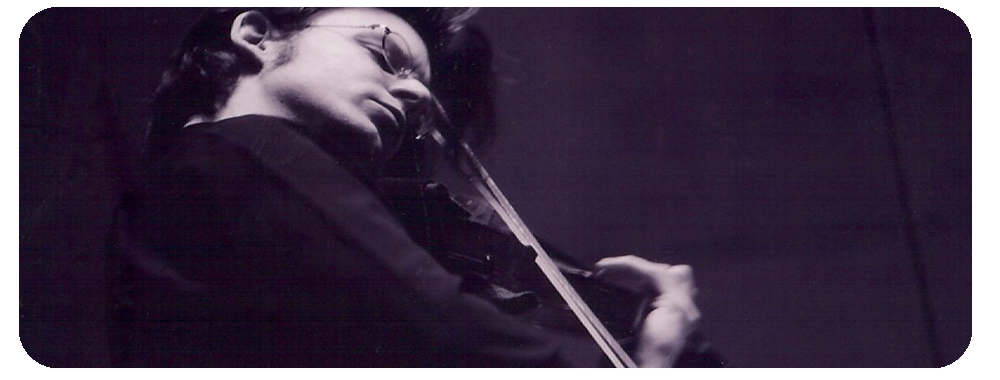
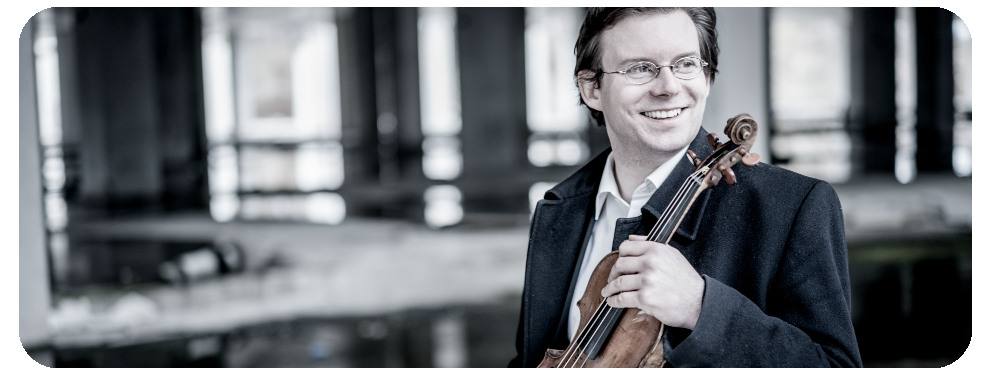
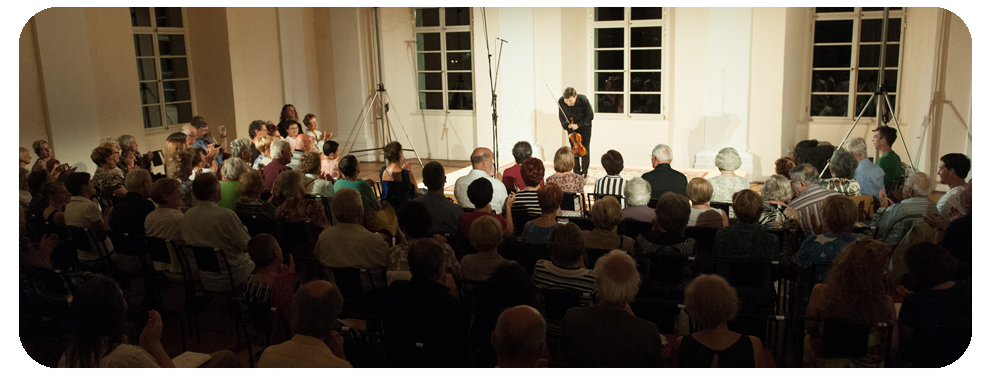
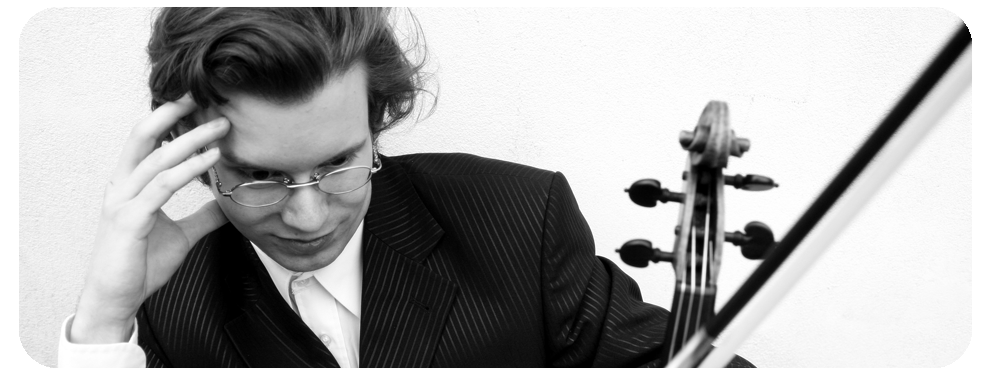
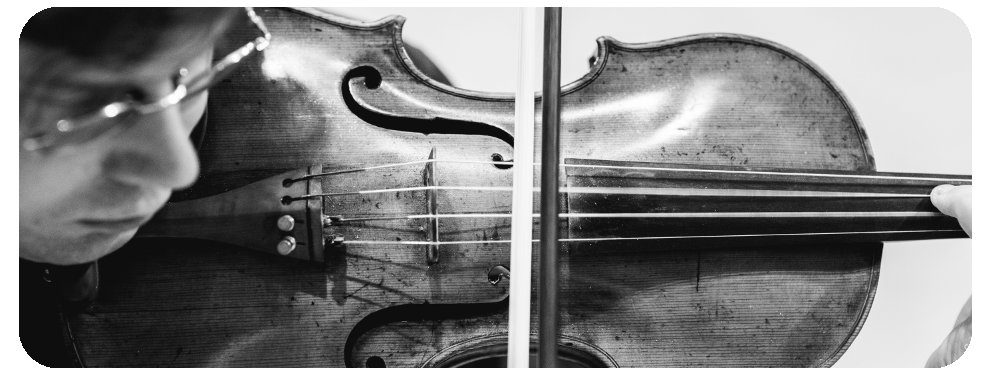
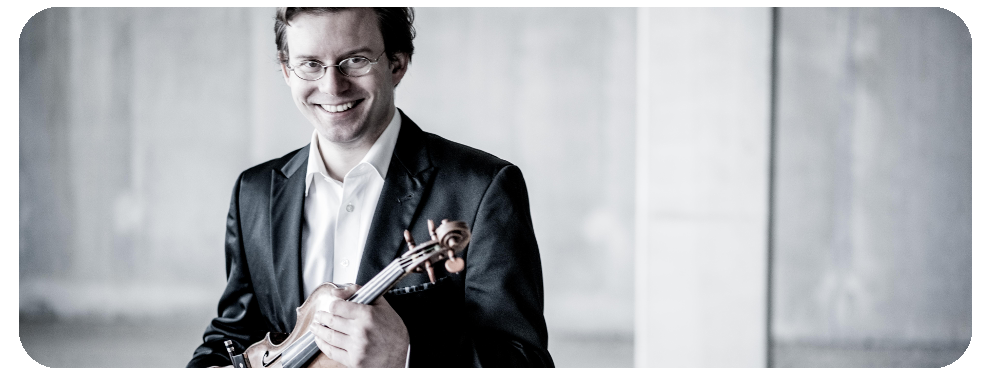
Niccolo Paganini: 24 Capricci, op. 1
ZKP (2016)
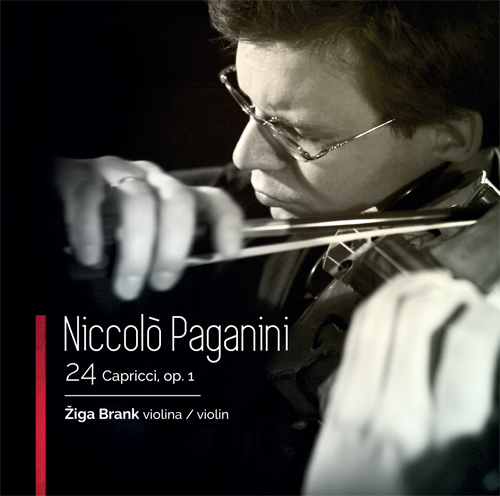
1. Andante
2. Moderato
3. Sostenuto-Presto-Sostenuto
4. Maestoso
5. Agitato
6. Lento
7. Posato
8. Maestoso
9. Allegretto
10. Vivace
11. Andante-Presto-Tempo I
12. Allegro
13. Allegro
14. Moderato
15. Posato
16. Presto
17. Sostenuto-Andante
18. Corrente-Allegro
19. Lento-Allegro assai
20. Allegretto
21. Amoroso-Presto
22. Marcato
23. Posato
24. Tema. Quasi Presto-Variazioni-Finale
Around 1810, a new era commenced in the history of violin performance. It was then that Italian virtuoso Niccolò Paganini, born 27 October 1782 in Genoa, commenced his celebrated and dazzling career. He soon gained the nickname “the devil’s violinist”, as he set new standards for violin perfor- mance, a fact that was noted by the German Romantic composer Robert Schumann. No one before him had succeeded in developing bowing and nger technique to such an extent that it was possible to perform stunning arrangements of opera excerpts on this string instrument, as well as extraordinarily di cult passages and other technical “devilry”. In this respect, Paganini was unsurpassable!
On Paganini’s triumphant tours throughout Europe, the thrilled audience adored this mysterious artist with his tall, slender gure, while professional musicians could not begin to imagine how the virtuoso enticed such miraculous sounds from his violin. Pa- ganini was undoubtedly the rst musician to devote all of his astonishing technical performance skills to achieving one speci c goal: he wanted to “bewitch” the audience, and was entirely successful in doing so! It is no wonder that he performed exclusively his own music, often also making violin arrangements of works from the opera repertoire. He was particularly attracted to the legacy of Gioacchino Rossini. Despite his desire to please, Paganini was not sim- ply an “artist”, an unsurpassable violinist, and someone who would be satis ed with technically awless performance alone. Certain composers of the time commented on his qualities, including Franz Schubert, who in May 1828, having witnessed the violinist perform in Vienna, wrote that “in Paganini’s Adagio, I heard the singing of an angel”. Opera composer Meyerbeer, who himself had experience of how it is possible to play with the audience’s emotions, wrote: “There where our thinking ceases, Paganini continues!”
Niccolò Paganini also had a strong in u- ence on his fellow composers. Franz Liszt acknowledged that his own perfected piano technique could never have been what it was without the model of Paganini’s virtuoso violin playing. In light of the violinist’s virtuosity, which was at the limits of what was performable, many composers, including Schumann, Brahms, and later Blacher and Lutosławski, were challenged to create some fascinating musical works. Paganini was undoubtedly a precursor of the much later “culture industry”, which today dominates the artistic world, with the magical character often overshadowing the rational being. The Italian virtuoso re- cognised this very early: “My music is not as easy to write as it may seem; the audience always demands of me something unusual, something surprising, and always desires to hear longer compositions: this requires careful reection.”
Even before Niccolò Paganini commenced his triumphant artistic march through Eu- rope, connoisseurs were already familiar with his Ventiquattro capricci per violino solo, Op. 1, which is nothing less than a compendium of technical and expressive innovations, while the same time represen- ting an antipode to the then still unknown Sonatas and Partitas for solo violin by Johann Sebastian Bach.
The 24 Caprices were composed between 1802 and 1817. They are in fact etudes, each
treating a speci c technical problem, while at the same time also displaying a speci c musical character.
The composer dedicated the capriccios to “all artists”, although in the manuscript he states the individual names of his fellow composers. For the last piece, Caprice No. 24, the composer mischievously dedicates the work to himself: “Niccolò Paganini, unfortunately already buried.” Commenting on the fact that the Caprices are dedicated to all artists, Robert Schu- mann believed that the composer wanted did to say that the performance of his music can only be achieved by the very best arti- sts. At the same time, the German Romantic wrote that the Caprices are undoubtedly the most technically demanding repertoire ever written for the violin. Today, these works still represent the touchstone for all professional violinists, and only the very best artists are able to perform these tiny yet accomplished works of art.
Monika Kartin
Translated by: Neville Hall
News & Events
12th Aug 2023